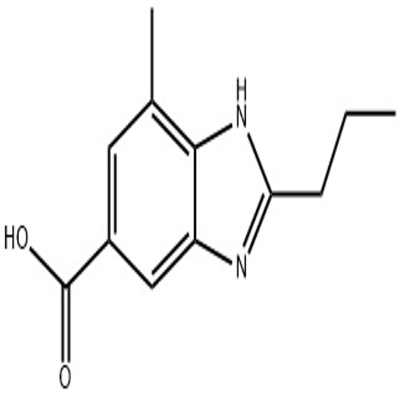Taste related protein structure revealed! It will provide targets for drugs to treat nervous system diseases
-
Last Update: 2019-12-05
-
Source: Internet
-
Author: User
Search more information of high quality chemicals, good prices and reliable suppliers, visit
www.echemi.com
Understanding how the brain processes sweetness, bitterness and freshness may help researchers design more effective drugs for nervous system diseases Calcium homeostasis regulator 2 has a near atomic level structure, which plays a role in taste processing and reducing brain cell toxicity Photo source: Dr Wei L ü and Dr Juan du| Van Andel Institute Scientists at Van Andel Institute recently revealed the near atomic structure of calhm 2 for the first time in the journal Nature This calhm 2 protein plays a key role in processing taste stimulation and reducing brain cell toxicity Its working principle is to sense chemical and electrical changes in the surrounding environment (such as changes in taste buds), and then transmit information back to the brain They also help regulate calcium concentration and β - amyloid levels in the central nervous system Previous studies have shown that abnormal changes in calhms, as well as the resulting calcium maladjustment or accumulation of β - amyloid, can lead to Alzheimer's disease, stroke and other neurological diseases https://doi.org/10.1038/s41586-019-1781-3 This is the first time that researchers have been able to visualize such an important protein so clearly The molecular blueprint of calhm 2 lays the foundation for understanding the broader calhm family, which may provide information for the future development of treatment VAI's state-of-the-art David Van Andel advanced cryomicroscope suite makes this discovery possible The shape of a protein is a key factor in determining how it functions, just as a specific key can only work under a certain lock For calhm2, the new image shows the huge difference of its structure between the open state and the inhibited state, thus providing new insights on how proteins work in different situations Importantly, the team also identified the best drug target area for the protein Schematic diagram of inhibition mechanism induced by RUR Conformational changes between the activated state EDTA – calhm2heimi (a) and the inhibited state Rur – calhm2 (b).
This article is an English version of an article which is originally in the Chinese language on echemi.com and is provided for information purposes only.
This website makes no representation or warranty of any kind, either expressed or implied, as to the accuracy, completeness ownership or reliability of
the article or any translations thereof. If you have any concerns or complaints relating to the article, please send an email, providing a detailed
description of the concern or complaint, to
service@echemi.com. A staff member will contact you within 5 working days. Once verified, infringing content
will be removed immediately.





![benzyl N-{2-[4-(4,4,5,5-tetramethyl-1,3,2-dioxaborolan-2-yl)phenyl]ethyl}carbamate](https://file.echemi.com/fileManage/upload/goodpicture/20210823/m20210823171124543.jpg)

